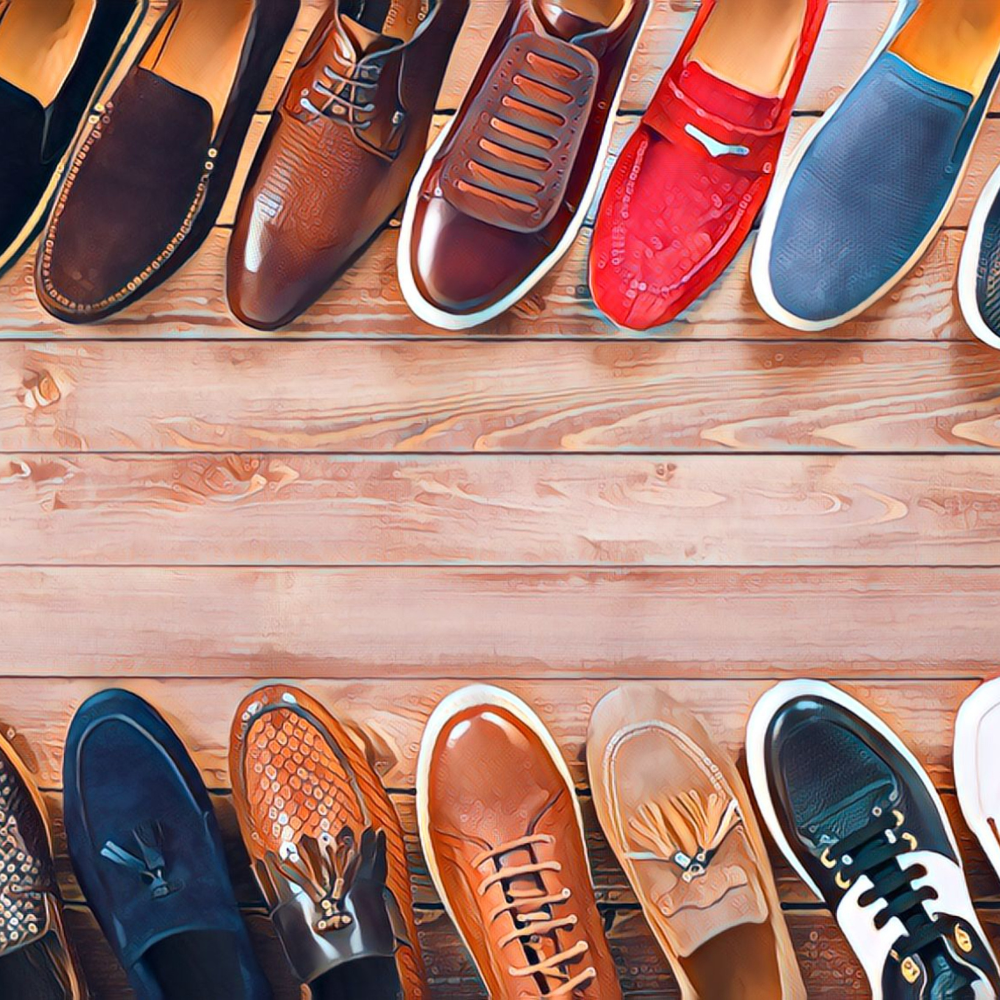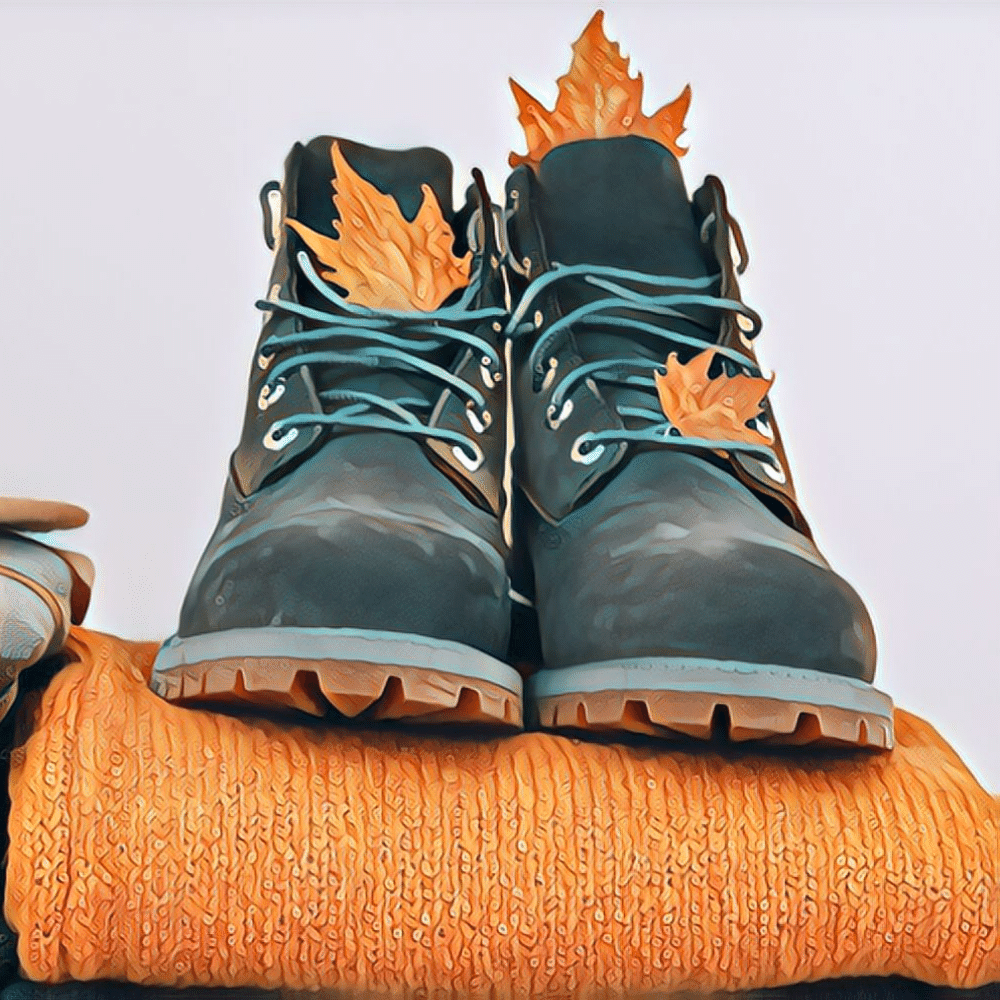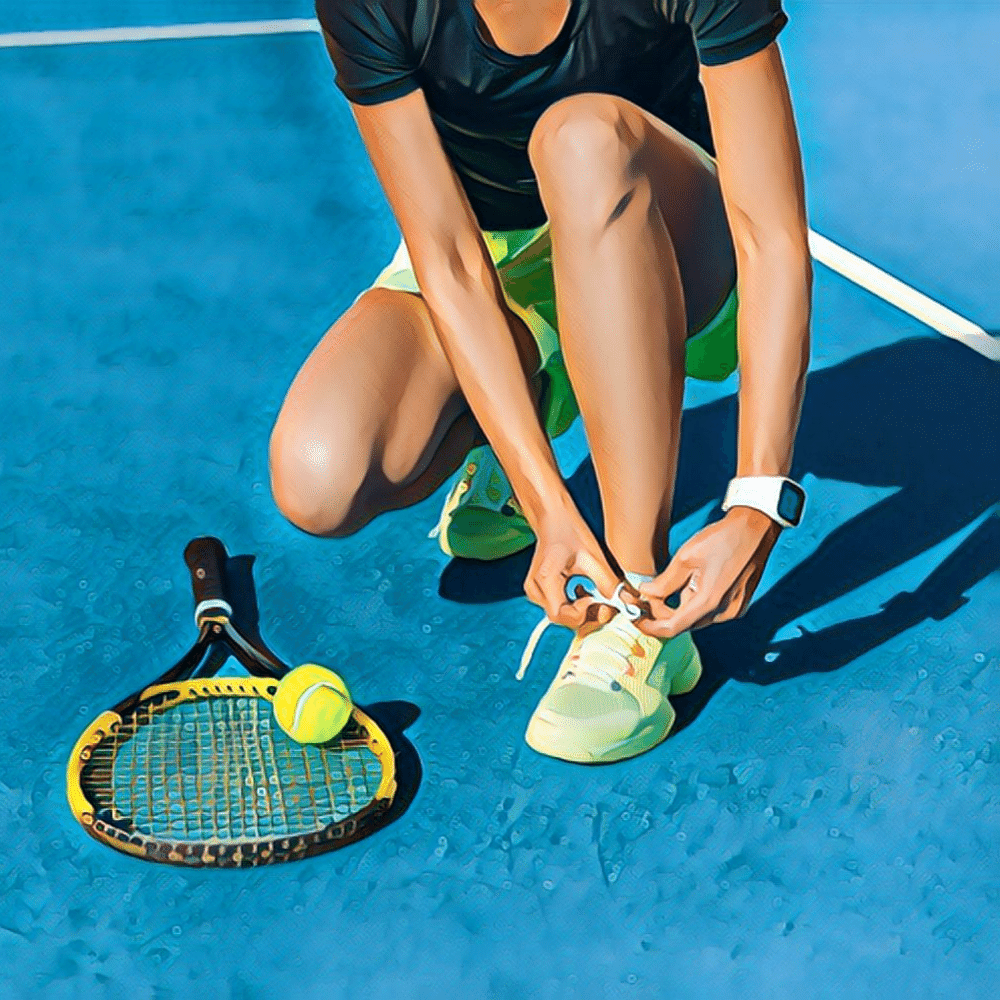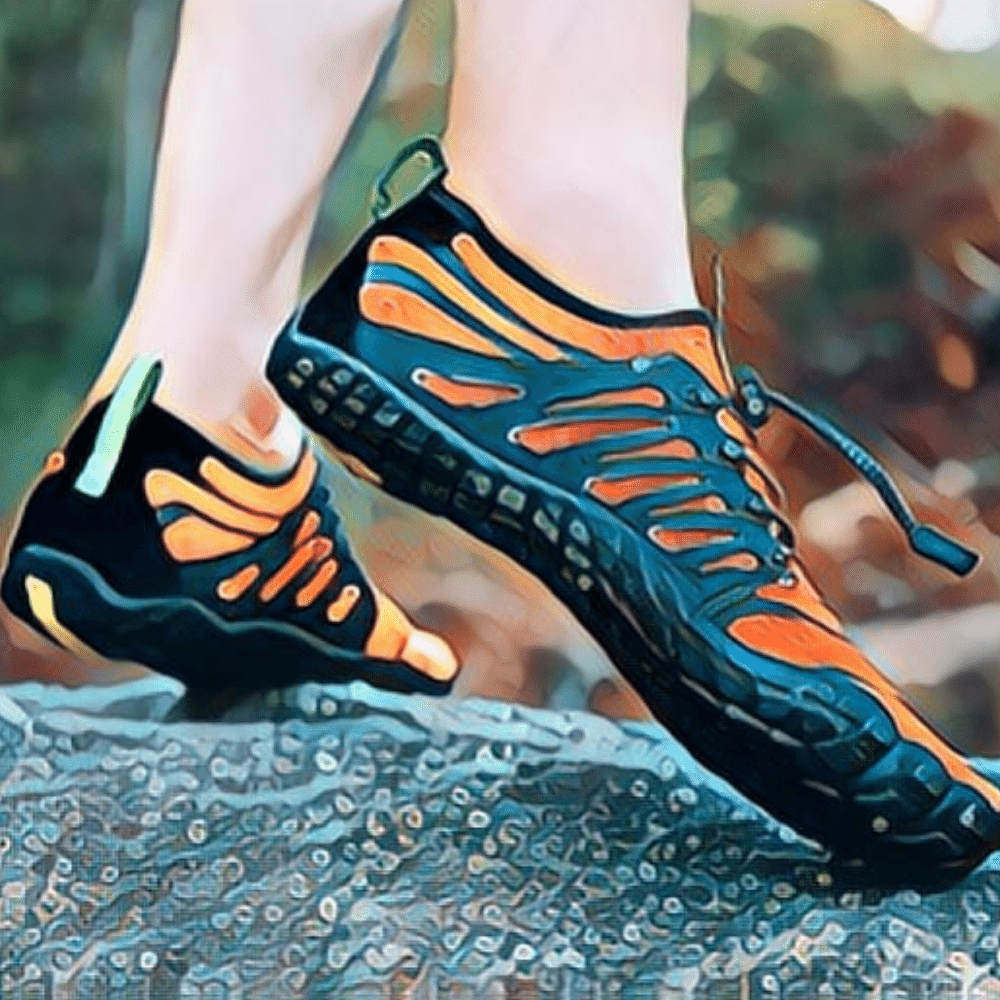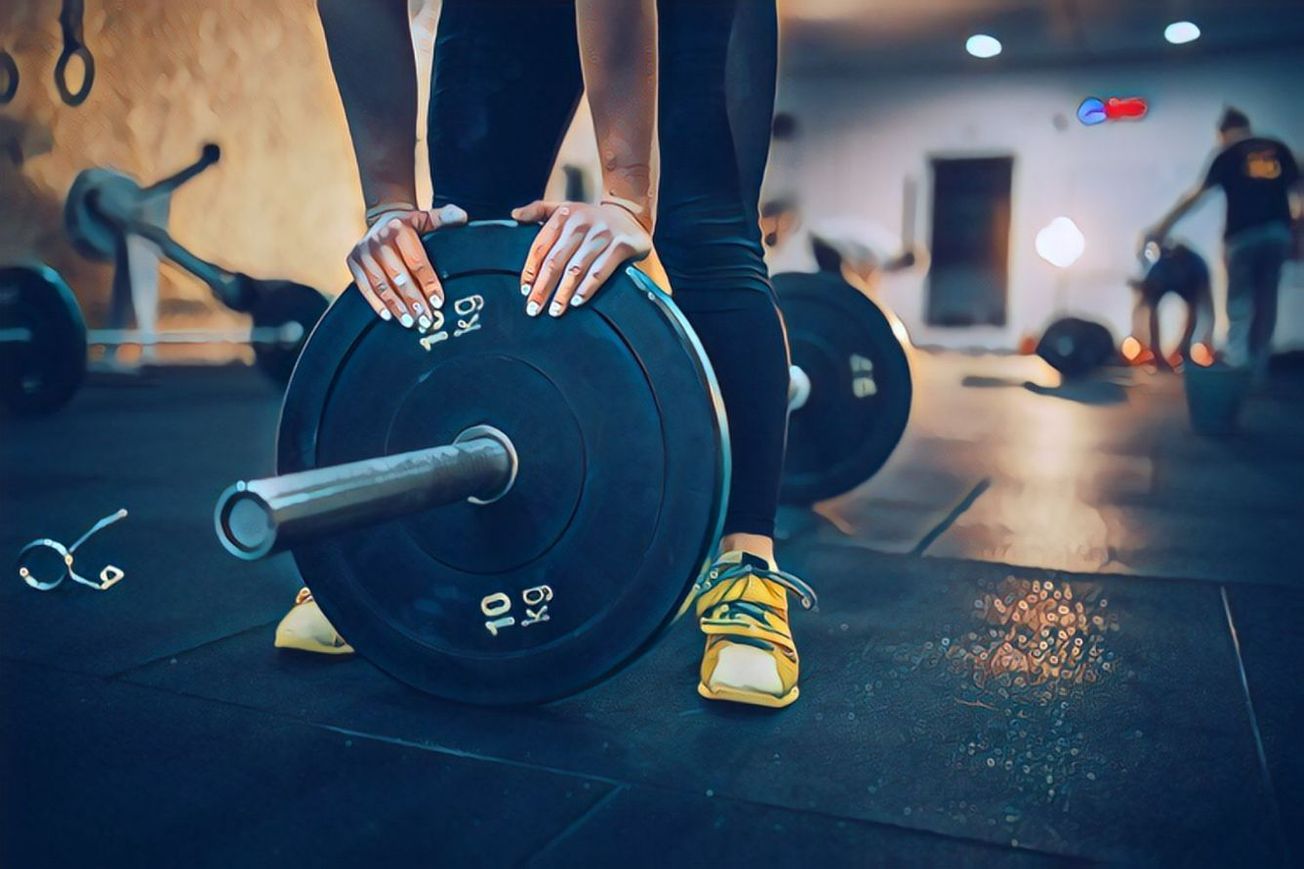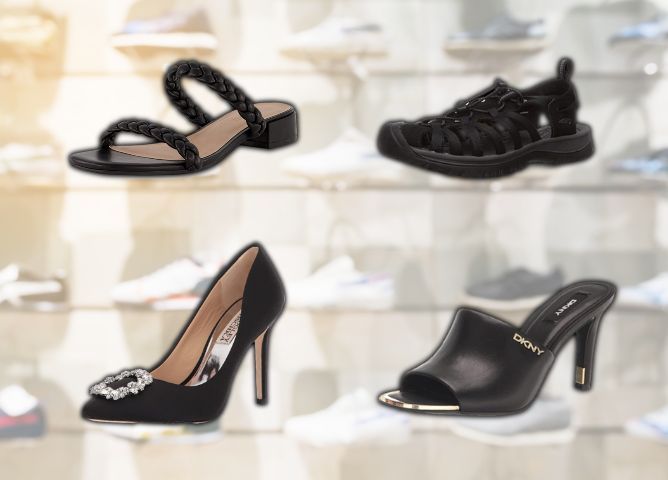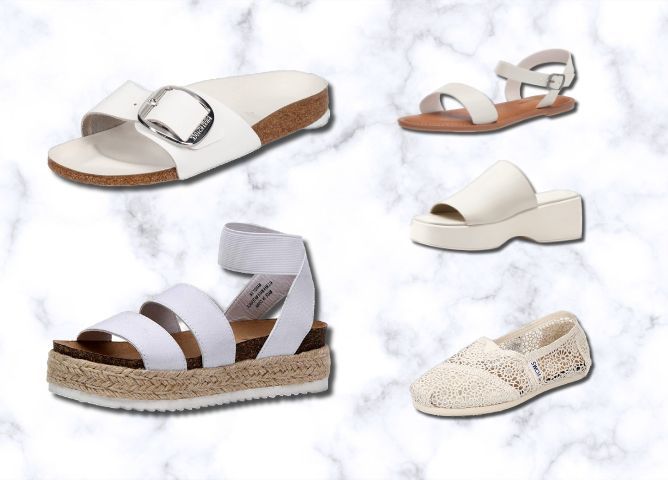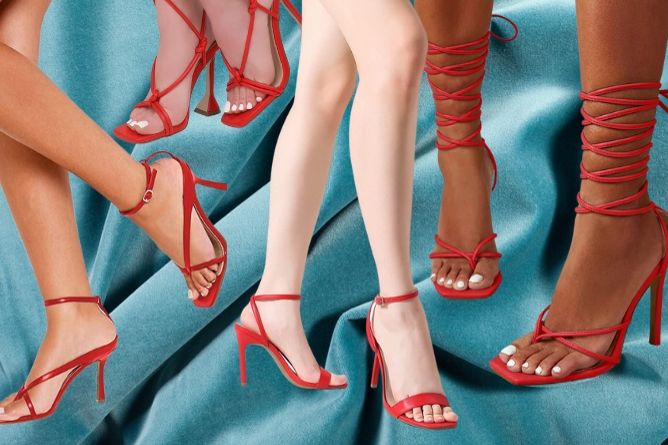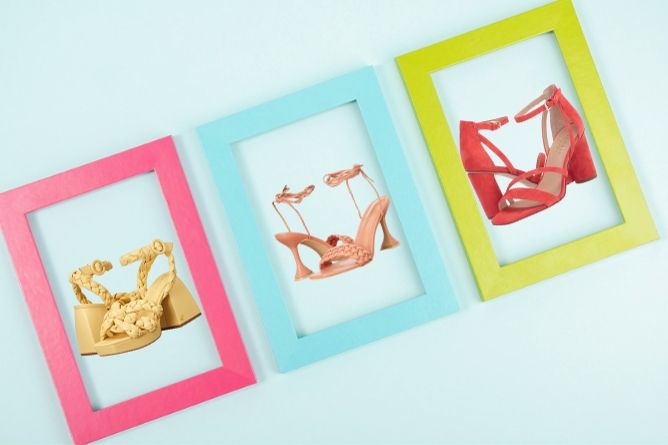In This Article
This post may contain affiliate links, please see our privacy policy for details.
You may be wondering what all the fuss is about when it comes to weightlifting shoes. Do you really need a special pair of shoes just to lift weights? The answer is a resounding yes! Not only do weightlifting shoes provide extra support and stability, but they also help to improve your form and prevent injuries. In short, they're a worth investment for any serious weightlifter.
So, What Exactly Are Women's Weightlifting Shoes?
Let's take a closer look.
Weightlifting shoes are designed to provide optimal support and stability during heavy lifting. They typically have a raised heel, which helps to improve your form and prevents your ankle from rolling during squats and other exercises. They also have a wide, flat sole that gives you a solid base of support, and they're usually made from durable materials like leather or canvas.
Importance of a Good Fit!
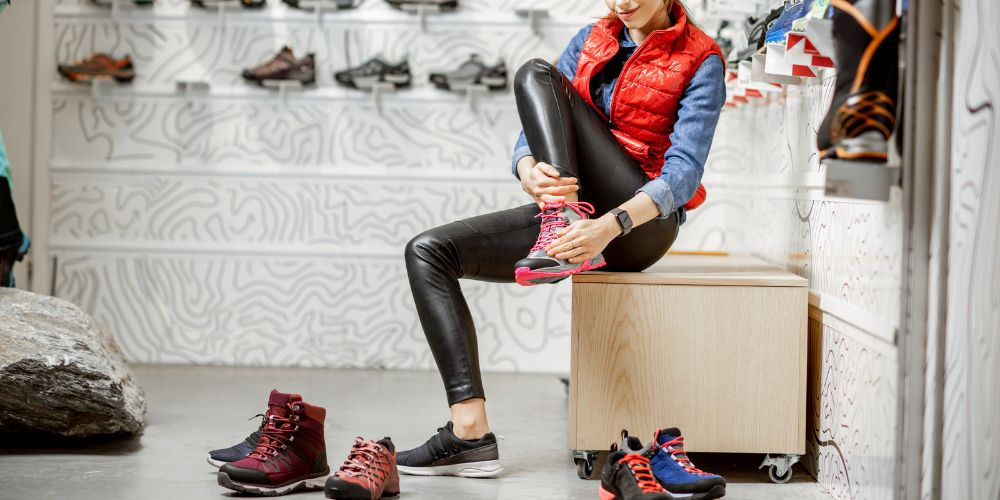
It's important to find a pair of weightlifting shoes that fit well, because an ill-fitting pair can actually do more harm than good. Look for a pair that's comfortable but not too loose, and make sure the heel cup feels snug around your ankle. If you're unsure about what size to buy, it's always best to err on the side of caution and go up a size rather than down. Better too big than too small!
The Benefits of Wearing Weightlifting Shoes!
There are several benefits to wearing weightlifting shoes, including improved form, increased stability, and prevention of injuries. Let's take a closer look at each of these benefits in turn:
Improved Form: One of the main benefits of weightlifting shoes is that they help you maintain proper form during squats and other exercises. The raised heel provides extra support and helps to keep your ankle from rolling, while the wide, flat sole gives you a solid base of support. This can help you avoid injuries and get the most out of your lifts.
Increased Stability: Another benefit of weightlifting shoes is that they provide increased stability during heavy lifting. The raised heel and flat sole work together to give you a solid foundation, which can help you stay balanced during exercises like squats and presses. This extra stability can also help to prevent injuries by keeping your joints in alignment.
Prevention of Injuries: One of the most important benefits of weightlifting shoes is that they help to prevent injuries by providing extra support and stability. The raised heel prevents your ankle from rolling during squatting movements, while the wide sole helps to keep your knees in alignment. This can help to reduce the risk of common weightlifting injuries such as patellar tendonitis (knee pain) and Achilles tendonitis (ankle pain).
How to Choose the Right Pair of Weightlifting Shoes?
Weightlifting shoes are designed to provide two main things: stability and support. The raised heel of most weightlifting shoes helps to stabilize your foot and ankle while lifting, which can help you lift more weight with proper form. The added support can also help prevent injuries.
If you're just starting out, you might not need weightlifting shoes right away. If you only plan on lifting weights a few times a week and don't have any problems with your form, sneakers may be just fine. However, if you start lifting more frequently or start having pain in your feet or ankles, it might be time to invest in a good pair of weightlifting shoes.
There Are a Few Things to Keep in Mind When Choosing Weightlifting Shoes:
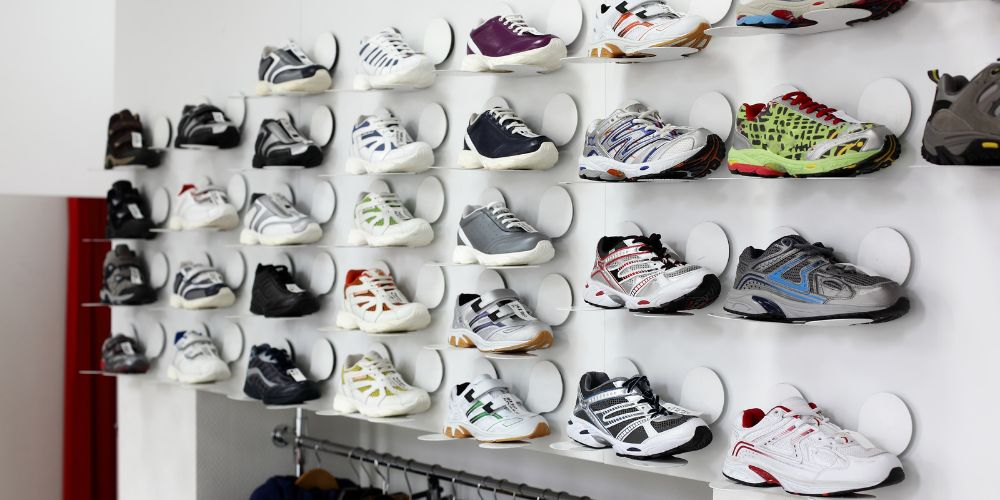
Heel height: Most weightlifting shoes have a raised heel between .75 inches and 1.5 inches. The extra height can take some getting used to, so it's important to choose a shoe with a heel height that feels comfortable for you.
Strap: Some weightlifting shoes have an added strap across the top for extra support. If you think you might benefit from this extra stability, look for a shoe with a strap.
Breathability: You're going to be sweating when you wear weightlifting shoes, so make sure to choose a pair that's breathable and won't make your feet too hot while working out.
Price: Weightlifting shoes can range in price from $60 to $200+. It's important to find a shoe that's within your budget but also provides the features and support that you need.
The Top 6 Pairs of Women's Weightlifting Shoes
#1 Best Workout Shoes For CrossFitter
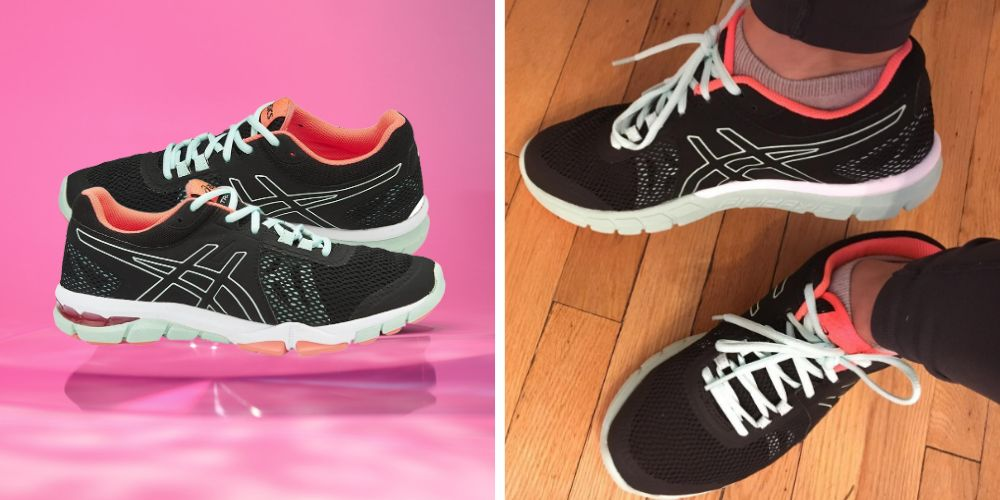
These shoes provide all-around support for activities like lifting, cardio, and court sports.
These shoes are designed with breathable mesh uppers that allow your feet to stay cool and dry even when things start to heat up. But what really sets them apart is their lightweight construction. They're one of the lightest shoes on the market — making them ideal for those high-intensity workouts where every step counts. The 100% synthetic materials are imported, and the rubber sole is equipped with fuzeGEL Midsole technology for ASICS new GEL cushioning.
This pairs with the AHAR Outsole for Acronym for ASICS High Abrasion Rubber placed in critical areas of the outsole for exceptional durability. The Solyte Midsole Material is a lighter weight compound than ASICS' standard EVA and SpEVA, and it also features enhanced cushioning and durability. So if you're looking for a shoe that can keep up with your CrossFit workouts, look no further than the Asics Women's Gel-Craze TR 4 Cross-Trainer Shoe.
#2 Best Workout Shoes For Serious Fitness Enthusiast

The Nike Romaleos 3 Weightlifting Shoe is a top-of-the-line choice for athletes who take their lifting seriously. Nike is a trusted name in athletic wear for a reason, and these shoes live up to the hype. They were designed specifically for weightlifting and provide extra support in the heel and arch areas. They're also comfortable enough to wear all day, so you can get your lift on even when you're not at the gym.
The rubber sole and flexible forefoot allow a natural range of motion, while the flywire technology provides a locked-down fit. The honeycomb-patterned TPU plate ensures a stable feel, and the dynamic strap wraps the midfoot for an even more secure fit. Plus, the solid rubber outsole provides excellent grip and stability. Whether you're a professional weightlifter or a casual gym-goer, the Nike Romaleos 3 Weightlifting Shoe is sure to help you get the most out of your workout.
#3 Best Workout Shoes For Extremely Dedicated Athletes
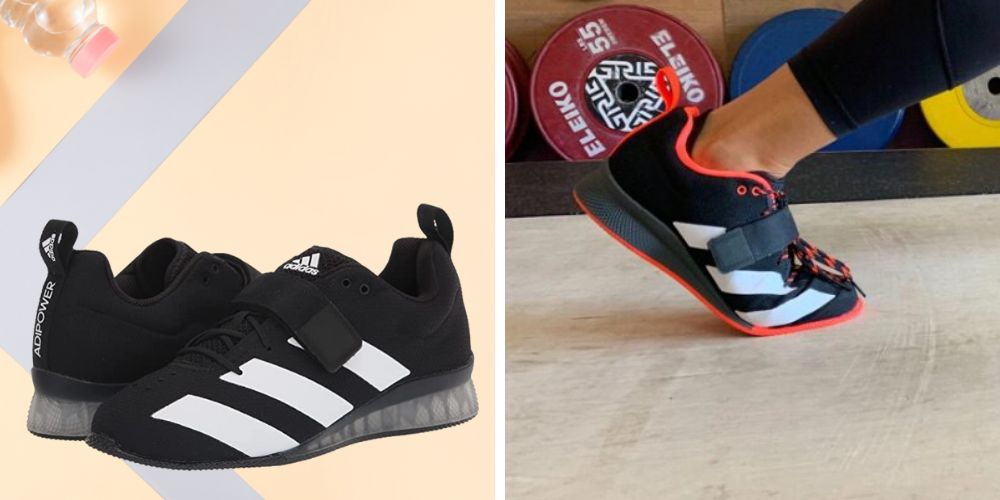
The Adidas Adipower Weightlifting Shoe is yet another great option for weightlifters who are looking for a stable and comfortable shoe. The large platform design provides a stable feel, while the split sole construction helps with flexibility and cushioning. The lace closure with hook-and-loop strap provides a secure and locked-down feel, and the woven textile upper offers breathability and light weight.
The non-compressive midsole offers a secure and supportive platform, while the recycled content helps to reduce plastic waste. Whether you're looking for support, comfort, or sustainability, the Adidas Adipower Weightlifting Shoe has you covered.
#4 Best Cross Training Shoes
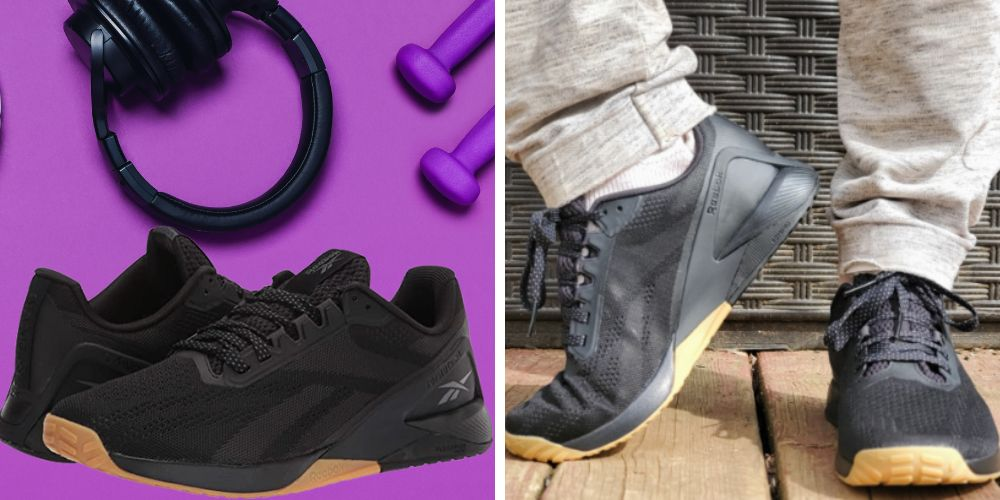
The Reebok Unisex-Adult Nano X1 Cross Trainer is a versatile sneaker that can handle any type of workout. The Flexweave knit upper is breathable and durable, while the Floatride Energy Foam provides lightweight, responsive cushioning. The mesh upper helps keep your feet cool, even when the action heats up. And if you have wide feet, you'll appreciate the extra room in the toe box.
Reeboks have long been a trusted name in athletic footwear, and their latest line of sneakers is no different. These shoes are designed for high-intensity activities like gym workouts and weight-lifting, but they're also great for a game of pick-up basketball. They're comfortable and supportive, with a durable construction that can take a beating. Whether you're looking to up your fitness game or just want a reliable pair of sneakers, these Reeboks are a great choice.
#5 Best Gym Shoes For Weightlifting

If you're looking for great gym shoes that will help you move quickly during your lifts, then these Inov-8s are for you. They have a Boa lacing system that provides a secure fit and an aggressive tread design that will help you make those quick movements with ease.
The rubber sole and external heel cage provide support and stability, while the single strap over the mid-foot keeps your foot supported during workouts. In addition, the Inov-8 sticky rubber outsoles provide unwavering traction during fast, explosive movements and under load, keeping you secure whilst weightlifting.
Made from high-quality materials, the FASTLIFT 360 moves with the natural motion of your foot, making it the most protective and durable weightlifting and workout shoe to date. So if you're looking for a shoe that can keep up with your workout, look no further than the Inov-8 Fastlift 335 Boa Wei.
#6 Best Workout Shoes For Cardio Workouts

The right shoe can make all the difference when you're working out. The PUMA Women's Fuse Cross Trainer is designed with a wide toe box to provide improved toe strength and give athletes the support they need. The vertical flex lines help provide improved metatarsal foot splay, and the durable PUMAGrip rubber compound ensures all-surface traction. So whether you're hitting the gym or the trails, you can be confident you're in the right shoes for the job.
Best Women's Weightlifting Shoes FAQ
Do weightlifting shoes actually help?
Yes, weightlifting shoes help because they provide a stable surface for lifting weights and they have a raised heel that allows you to squat deeper.
Weightlifting shoes have a stiffer sole than normal sneakers, which gives you more stability when you're lifting weights. They also have a raised heel, which allows you to squat deeper and engage your glutes and hamstrings more. This is important because these muscles are key players in Olympic weightlifting exercises.
Should weightlifting shoes be tight or loose?
Weightlifting shoes should be tight because they provide stability and prevent the foot from moving around while lifting weights. However, they should not be so tight that they cause discomfort or pain.
When you're lifting weights, you want your foot to be stable so that you can properly balance and control the weight. Loose shoes can cause your foot to move around, which can lead to instability and an increased risk of injury. That's why weightlifting shoes should be tight-fitting so that they provide stability and prevent the foot from moving around.
Should lifting shoes have arch support?
It depends on the person's arch type. If a person has high arches, they might need shoes with arch support in order to avoid pain and discomfort when lifting weights. However, if a person has low or flat arches, they might not need shoes with arch support since their feet will already be in a good position to lift weights. Ultimately, it's best to consult a podiatrist or other foot specialist to determine which type of gym shoe is best for an individual's arch type.
How do you size lifting shoes?
There's no one-size-fits-all answer to this question, as the size of lifting shoes will vary depending on the size of your feet. However, most lifting shoes are available in sizes ranging from 6 to 14, and you can usually find a shoe size chart on the shoe manufacturer's website.
When choosing a pair of lifting shoes, it's important to select a pair that is comfortable and provides adequate support. You may also want to consider the heel height and width of the shoe, as well as its weight. Lifting shoes with a thicker sole and higher heel tend to be heavier than those with a thinner sole and lower heel.
Why do weightlifting shoes have a raised heel?
The raised heel on weightlifting shoes is designed to help you lift more weight. When you squat or deadlift, the heel raises your body's center of gravity and allows you to drive through your heels with more power. This increases your leverage and allows you to lift more weight.
Many serious lifters wear lifting shoes because they provide a more stable surface and improve your performance. If you're new to weightlifting, I recommend giving them a try. They may take some getting used to, but they can make a big difference in your lifts.
How to care for your weightlifting shoes so that they last longer?
Weightlifting shoes take a lot of abuse, so it's important to properly care for them so that they last longer.
Here are some tips for caring for your weightlifting shoes:
-Clean them with a damp cloth after each use.
-Store them in a ventilated area.
-Do not put them in the washing machine or dryer.
-Do not expose them to excessive heat or ultraviolet radiation.
-Replace the insoles and laces as needed.
Can you wear running shoes for lifting weights?
Yes! You'll want to make sure that you have a solid, stable base when lifting weights, and running shoe provides that stability. Additionally, running shoes typically have more padding than traditional weightlifting shoes, which can help to protect your feet and ankles from heavy weights.
Just be sure to avoid lifting too much weight in your running shoes—you don't want them to wear out prematurely. Start with a weight that's comfortable for you and work your way up gradually as you get stronger.
Best Women's Weightlifting Shoes For You
Congratulations, you made it to the end! Now that you know about the best women's weightlifting shoes on the market, it's time to go out and buy a pair. Whether you're into CrossFit or Powerlifting, there's a shoe on this list that's perfect for you. Just remember, not all lifting shoes are created equal. So make sure you do your research before making a purchase. And most importantly, have fun and lift heavy!
Other Posts You May Like:
